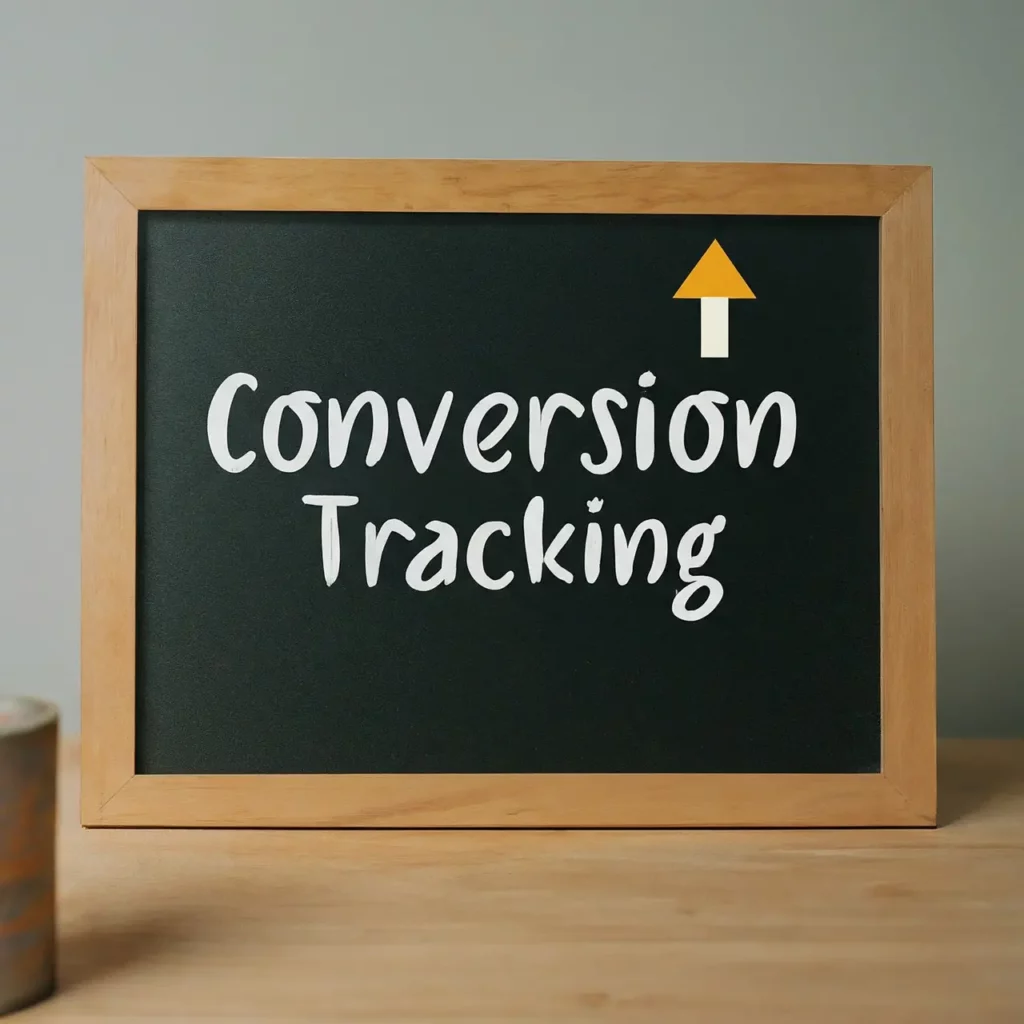In the rapidly evolving landscape of digital advertising, mastering conversion tracking setup can be the linchpin in transforming your marketing efforts from shots in the dark to strategic masterstrokes. Understanding the journey from click to conversion is not just beneficial—it’s essential for optimizing your campaigns to their fullest potential and ensuring every penny of your ad spend is working hard for you.
Understanding Conversion Tracking: The What, Why, and How
Conversion tracking setup is the process of measuring and analyzing the actions visitors take on your website or app after engaging with your paid advertisements. By tracking these conversions—whether they’re product purchases, sign-ups, or any other key performance indicator (KPI) you define—you gain invaluable insights into how effectively your ads are leading to desired outcomes. Such data not only justifies your ad spend but also provides critical intelligence for optimizing campaign performance.
The importance of conversion tracking goes beyond mere numbers; it provides a narrative on customer behavior and campaign effectiveness. Understanding which ads drive the most valuable actions allows you to refine targeting, messaging, and overall strategy. It’s a continuous loop of testing, learning, and improving that can significantly enhance the impact of your advertising efforts.
Setting Up Your Conversion Tracking for Success
The foundation for successful conversion tracking starts with identifying your key conversions. Not all actions on your website carry the same weight for your business objectives. Prioritizing and properly setting up tracking for the conversions that matter most is the first critical step towards gaining meaningful insights.
Once your goals are defined, selecting the right tools and platforms for tracking is the next crucial decision. Google Analytics, for example, offers robust conversion tracking capabilities that integrate seamlessly with Google Ads. Understanding the nuances of your chosen tool and properly integrating it with your website or app ensures that you’re capturing all relevant data accurately.
Analyzing Conversion Data to Optimize Your Campaigns
The real power of conversion tracking lies in the analysis of the collected data. By diving deep into your conversion insights, you can identify patterns and trends that inform better decision-making. This could include adjusting bids, refining target audiences, or tweaking ad copy and creatives to better resonate with your prospective customers.
Comparing conversion rates across different channels and campaigns helps pinpoint where your ad spend is most effective. This doesn’t just prevent waste; it strategically reallocates your budget to the highest-performing areas, amplifying your return on investment (ROI).
Best Practices for Advanced Conversion Tracking Strategies
As you become more comfortable with basic conversion tracking, experimenting with advanced strategies can uncover even deeper insights. This includes setting up multi-touch attribution models that recognize all the touchpoints a customer interacts with before converting. Such insights challenge the oversimplification of crediting a single ad and opens up a more nuanced understanding of the customer journey.
Leveraging technologies such as dynamic conversion tracking, which adjusts itself based on the user’s actions, can provide a more accurate measure of your advertising’s effectiveness. Integrating conversion tracking with customer relationship management (CRM) systems can also paint a fuller picture of how leads progress through your sales funnel, providing clarity on how initial interactions lead to conversions.
Leveraging Conversion Tracking Insights for Greater ROI
The culmination of effective conversion tracking is the ability to leverage insights to achieve a greater ROI. Armed with detailed data on what converts and what doesn’t, marketers can confidently adjust their strategies in real-time, shifting focus to the most profitable channels and messaging that resonates with their audience.
Beyond immediate campaign adjustments, long-term planning also benefits from conversion tracking insights. Understanding the typical customer journey and recognizing patterns over time enables the prediction of future behavior, allowing for more strategic campaign planning and budget allocation.
Navigating Towards Success
Stepping into the realm of paid advertising without a robust conversion tracking system is like navigating a ship without a compass. As we’ve explored, setting up and analyzing conversion data not only maximizes your ROI but also unlocks deeper insights into your audience’s behavior, fine-tuning your marketing strategy for future success. Remember, in the vast sea of digital marketing, the compass of conversion tracking setup ensures you’re always sailing towards more profitable horizons.







